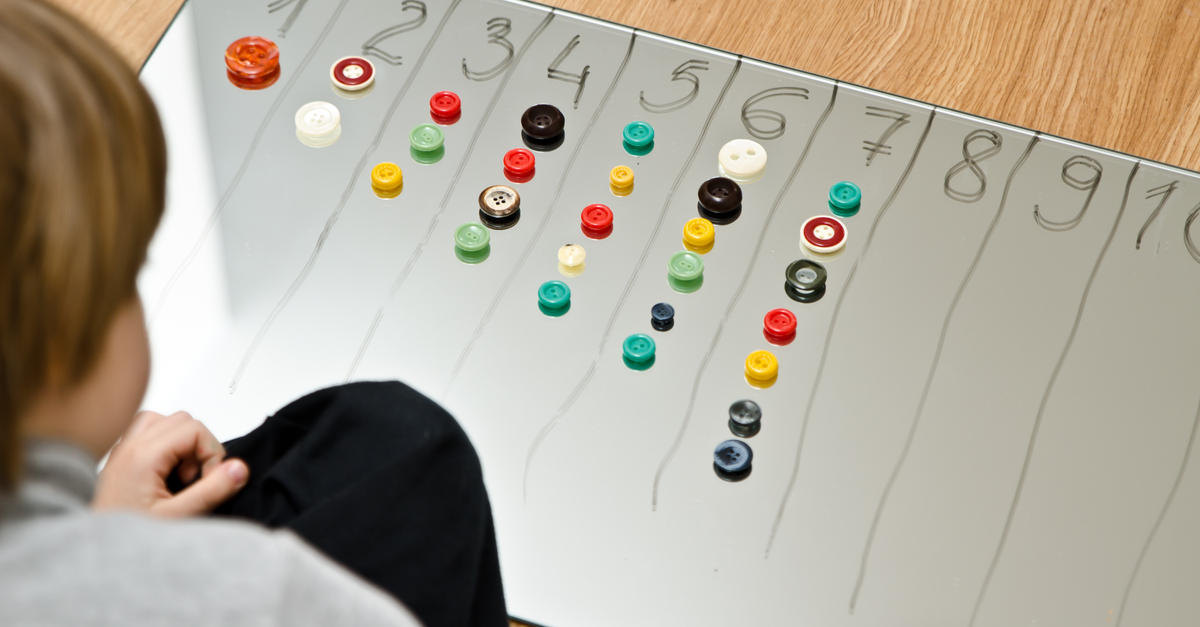Inner Speech-Cognitive Development in Children

Inner speech is the use of language to increase the brain’s ability to think. Those are the silent conversations that we carry on with ourselves. These conversations create physical connections in important areas of our brain. When inner speech is used, it is used as a means to regulate thought and behavior. It can enhance memory and learning. Inner speech can be a comment or a question, such as “What should I do?”, or it could be self-assurance, such as “It is okay”. Inner speech is an essential part of cognitive development for children. This is a task you want your child to practice, so if you hear your child having a conversation with himself, just allow it and understand that this is a cognitive skill that is important in your child’s brain development.
Inner speech is a skill you can teach your child to use when he enters the preschool years. This is a skill that helps school-aged children and may be very important in your child’s ability to be successful. So if you aren’t sure that your child has this skill, you may want to help them acquire it. Jane Healy writes about this in her book Your Child’s Growing Mind. (Healy, 2004) Healy states that this skill can best be taught to your preschooler through example. This is done by talking out loud as you help him/her accomplish a task. If your child is working on sorting items into groups of colors, pick up the item and state the color as you set it into the appropriate pile. This helps your child learn to say the color to himself and guide his actions, helping the brain process the task faster. It is teaching him how to think his way through the process.
Healy suggests starting at age four years to teach your child the magic words: First I will . . . and then I will . . . Often this is all it takes for a child to respond with understanding the sequencing of how to accomplish the task at hand. Another way to practice this skill with your children is to think out loud. So you might talk out loud about the problem you are trying to solve (e.g. I am out of eggs for breakfast options so we could . . . )
The more children use language to manage the brain, the more the connections will be made in the brain. Practice will encourage the use of this skill. Children between three and five years of age are starting to use this skill when you hear the child talking to himself. Sometime between nine and twelve years old, this skill will be internalized. (Don’t worry about it if you are an adult and still catch yourself talking to yourself because adults do talk to themselves. This can be helpful in memory retention and following through on tasks.)
As a parent of an impulsive child, Healy suggests teaching the following five steps that puts the higher brain areas in charge.
What do you have to do?
How do you think you should go about doing it?
What will you need to do first?
Are you following your plan?
Did you finish what you had to do?
Spending time teaching these questions to your child will help your child learn about inner speech and give him the skill of learning to think through the process of carrying out a task. The goal is that the child speaks out loud to himself as he walks his way through the questions. Eventually the child will move into “thinking” these questions and they will be internalized. Although teaching these questions may take some time, you have gifted your child with a problem/solving technique that will carry through his life. (Healy, 2004)
Healy, J (2004). Your Child’s Growing Mind. New York City: Broadway Books.
Tags: help children learn sequencing, Impulsive child and how to help, inner speech skills to teach your child, teaching inner speech skills to childrenABOUT THE AUTHOR

Janie Pfeifer Watson
Licensed Independent Clinical Social Worker
Licensed Independent Mental Health Practitioner- Janie Pfeifer Watson, LICSW, is the founder and director of Wholeness Healing Center, a mental health practice in Grand Island, Nebraska with remote sites in Broken Bow and Kearney. Her expertise encompasses a broad range of areas, including depression, anxiety, attachment and bonding, coaching, couples work, mindfulness, trauma, and grief. She views therapy as an opportunity to learn more about yourself as you step more into being your authentic self. From her perspective this is part of the spiritual journey; on this journey, she serves as a mirror for her clients as they get to know themselves—and, ultimately, to love themselves.
LATEST ARTICLES BY Janie Pfeifer Watson
- Letting Life Unfold – Embracing the Musical Nature of Existence
- Silence Good for the Brain and for your Mental Health
- Mastering Resilience: How to Manage your Response to Challenging Situations
- Celebrating 25 Years of Business A Journey Marked by Resilience, Growth, and the Power of Community
- COVID-19 – Heightened Mental Health Awareness and Employer Appreciation
Subscribe today
Sign up to receive the latest mental health tips and inspiration